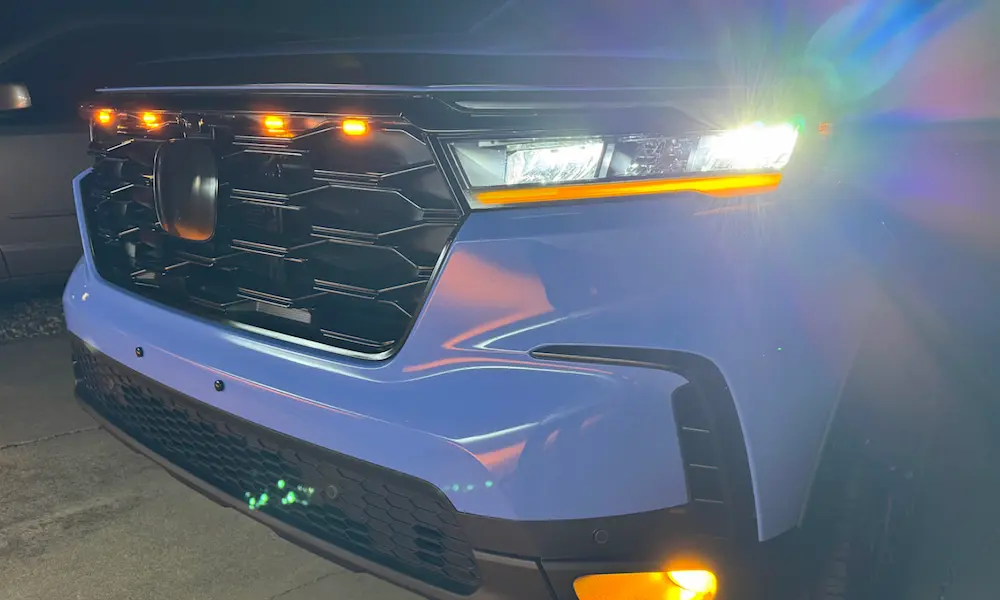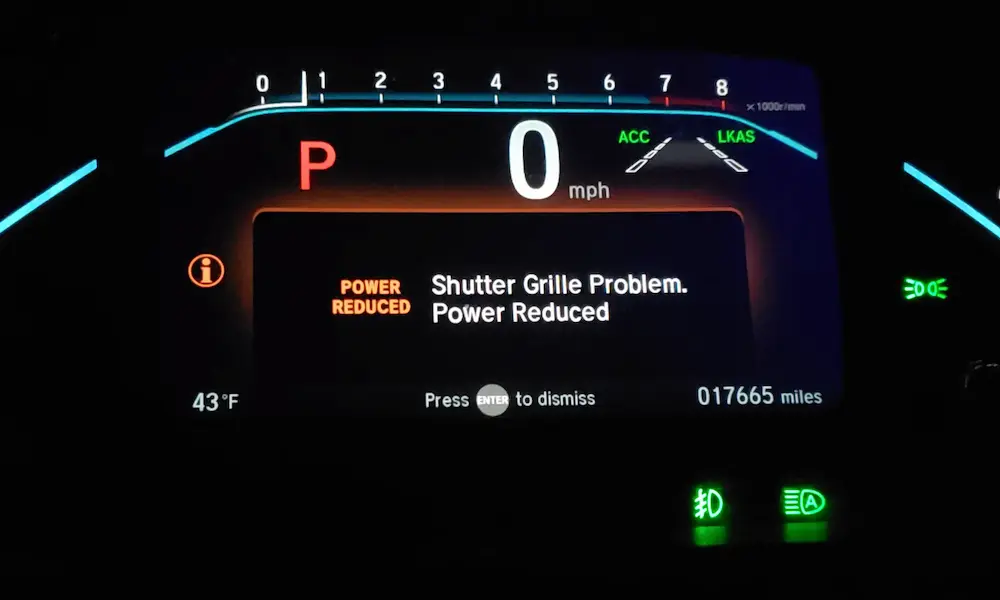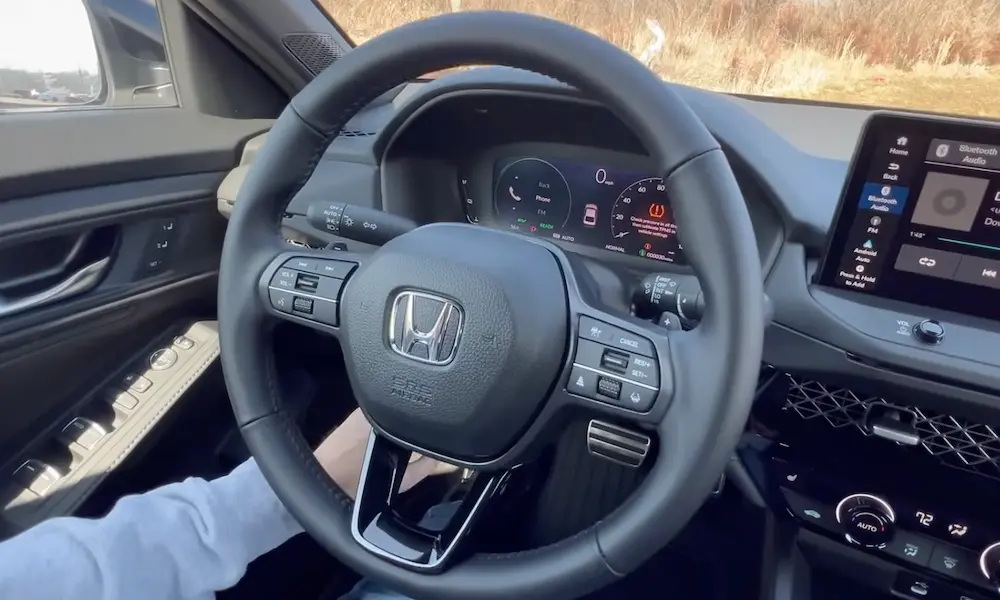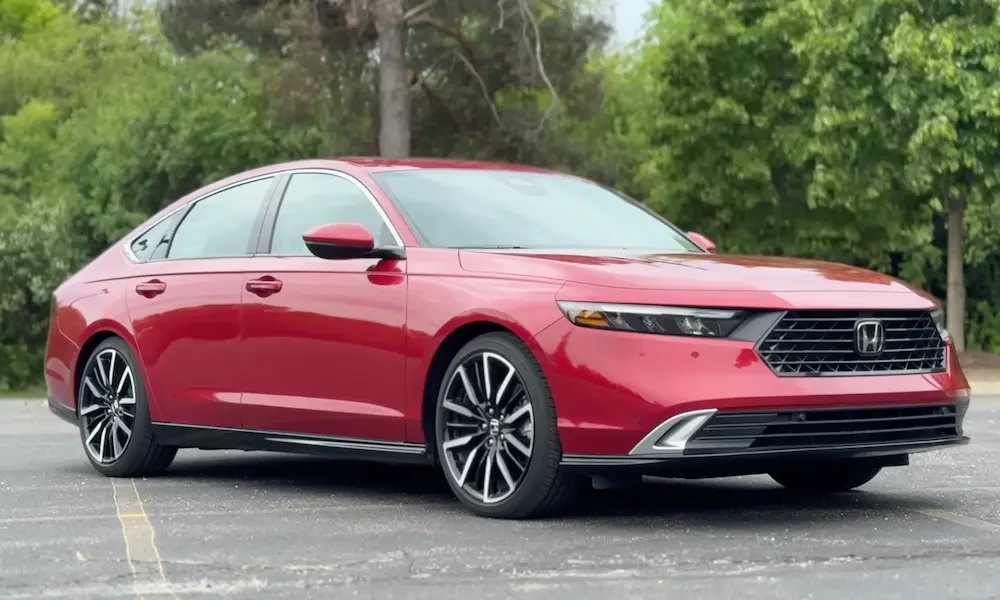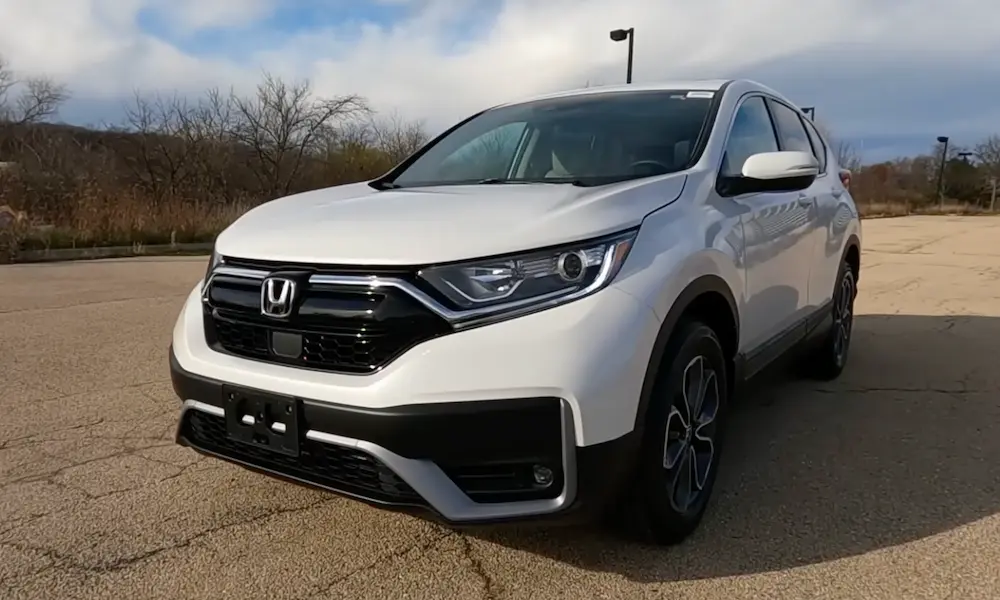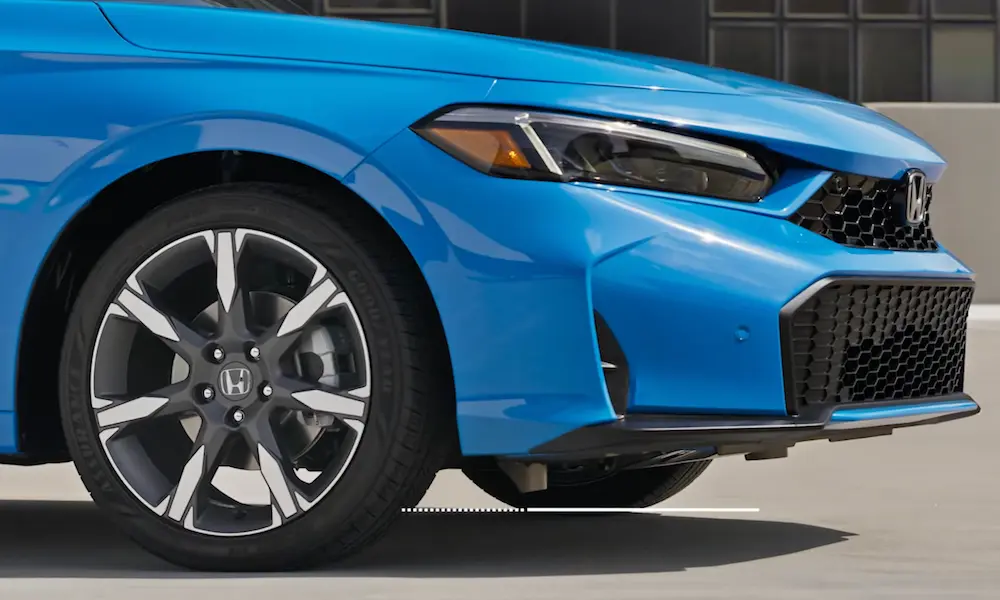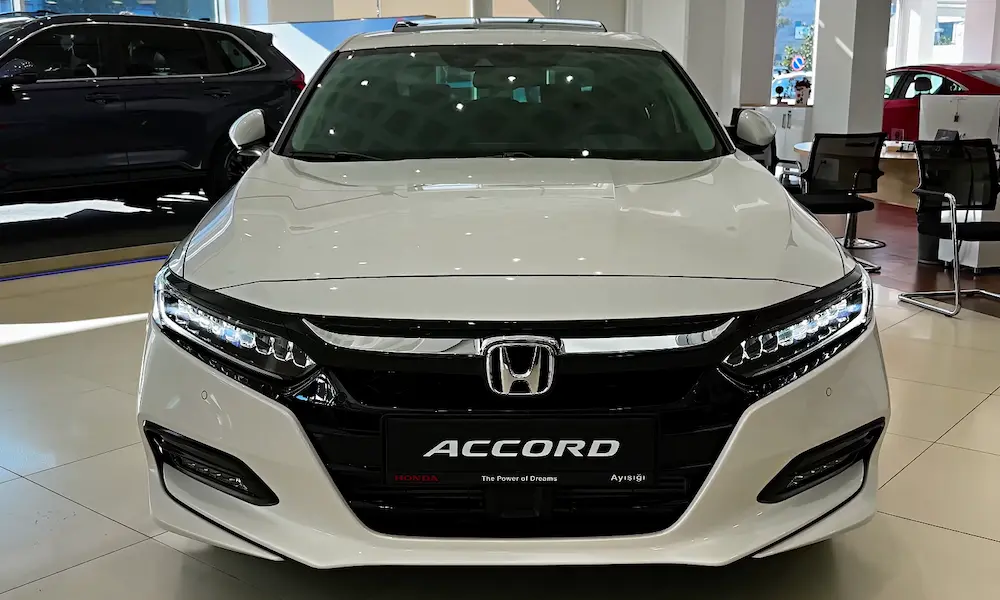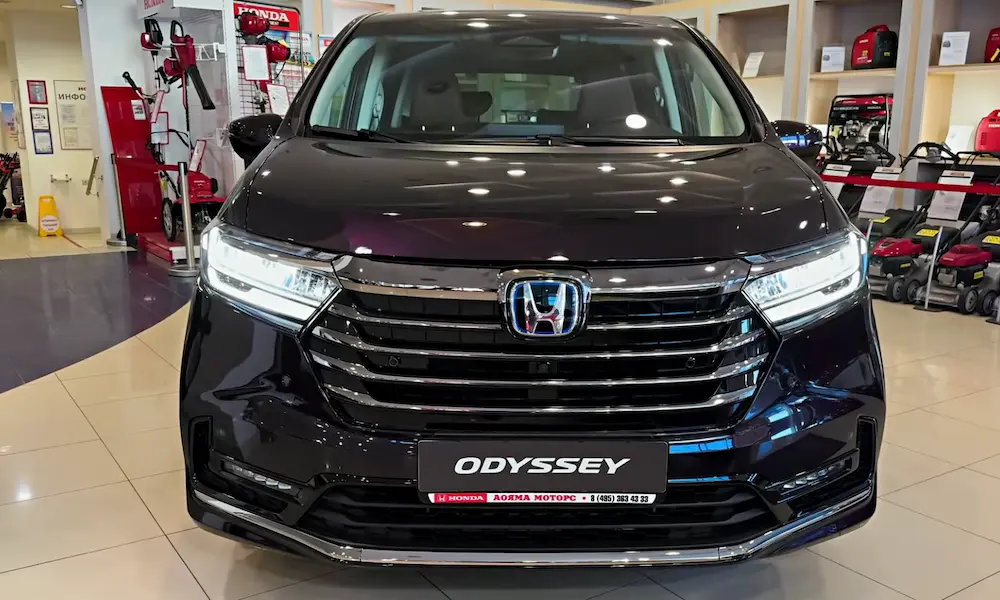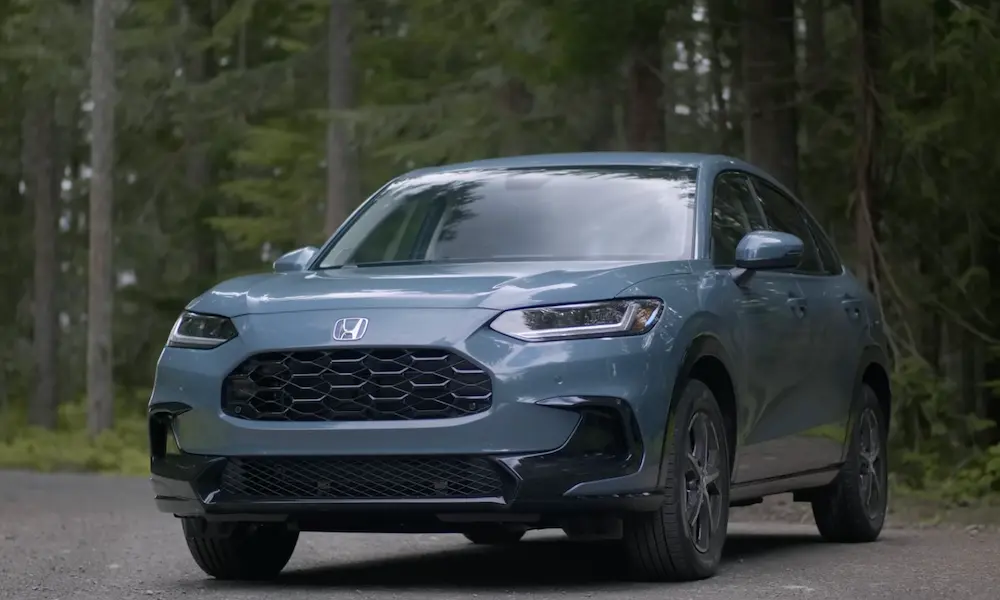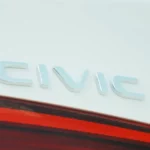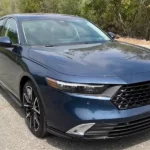Experiencing a “keyless start system problem” with your Honda Pilot can be frustrating. This issue often stems from the engine start/stop switch or a low key fob battery. Don’t worry; you’re not alone, and there are steps you can take to solve this. Keep reading to learn about the common causes and how you can potentially resolve it yourself, saving time and money.
Understanding the Keyless Start System in Your Honda Pilot
The keyless start system in your Honda Pilot is designed to make starting your vehicle easier and more convenient. You can start your engine with the push of a button, as long as the key fob is inside the car.
Components of the Keyless Start System
The keyless start system mainly consists of the key fob, push to start button, and start/stop switch. The key fob allows you to start the engine without inserting a physical key. The push to start button is what you press to begin or stop the engine.
The system uses a sensor to detect if the key fob is inside. If not, the engine won’t start. In some cases, you might experience issues if the battery in the key fob is low. A faulty start/stop switch or poor software can also cause problems. To avoid issues, make sure to maintain all components well.
How the Keyless Start Works
When you enter your Honda Pilot with the key fob, the car uses radio signals to recognize it. Once detected, the push to start button is activated. To start the engine, simply press the button while your foot is on the brake.
The engine will only start if everything is functioning properly. A problem with the key fob, like low battery voltage, can prevent the system from working. A defective start/stop switch might cause the car not to respond even if the fob is present. If you encounter these problems, check the fob and switch first.
If these steps do not fix the problem, consult your dealer for further help.
Common Keyless Start System Issues
When your Honda Pilot faces a keyless start system problem, it can be due to several specific issues. Knowing the common problems can help you diagnose and possibly fix the situation.
Key Fob Battery Problems
One of the first things to check is the key fob battery. If it’s low or dead, your Honda Pilot may not recognize your key fob, leading to start issues. It’s a good idea to keep a spare battery on hand and replace the fob battery as soon as you notice any difficulty in unlocking or starting your car.
Check the battery regularly for any signs of wear or corrosion. A weak signal from the key fob due to a low battery can prevent your vehicle from starting, leaving you stranded. Replacing a key fob battery is usually straightforward and involves just a small screwdriver to open the fob.
Faulty Start/Stop Switch
The engine start/stop switch can sometimes become faulty, which may prevent the car from recognizing when you want to start or stop the vehicle. This switch is an integral part of the keyless system and is essential for proper function.
If your switch feels loose or doesn’t consistently respond when pressed, it might be time for a replacement. Issues with this switch can mimic other problems, such as a dead battery, confusing the situation. Once replaced or repaired, your starting issues might be resolved.
Malfunctioning Starter
A malfunctioning starter can cause significant headaches. If your Honda Pilot struggles to start or makes a clicking sound when you press the start button, the starter may be failing. This component’s role is to engage the engine, and any malfunction here can lead to a vehicle that won’t start.
Sometimes the starter can be repaired, but often replacement is necessary. Frequent problems with the starter include a worn-out motor or solenoid issues. Paying attention to how your car starts will give you clues about starter health.
Low Car Battery
The car battery’s health is crucial for the keyless start system to function properly. A low or dead battery can prevent the system from recognizing the key fob entirely. It can also result in dim lights or other electrical issues.
Ensuring that your car battery is in good condition means checking for corrosion on the terminals and verifying voltage levels. If you suspect the battery is the issue, getting a professional test or replacement is advisable.
Blown Fuses and Relays
Blown fuses or faulty relays are another potential cause for keyless start system problems. They control the electrical pathways in the car, and any break can result in a non-responsive keyless system.
Regularly inspect your fuses and relays for any signs of damage or wear. Replacing a blown fuse is a simple task that can often resolve electrical issues. Ensure you use the correct type and size of fuse for your vehicle to avoid further problems.
Troubleshooting Keyless Start Problems
Keyless start issues in your Honda Pilot can be frustrating. They often involve simple fixes like replacing key fob batteries or checking other components of the ignition system. It’s important to address these problems promptly to avoid inconvenience.
Replacing the Key Fob Battery
Your key fob might be the culprit if you’re facing start issues. Batteries in key fobs drain over time and need replacement. Look for battery levels or response issues. To replace the battery, open the key fob carefully, avoiding any force that might damage it.
Most Honda key fobs use a lithium coin battery, typically a CR2032. Make sure the battery is securely fitted once replaced. If the problem persists, the key fob itself might be impaired.
Resetting the Start/Stop System
Resetting the start/stop system could resolve issues caused by a defective ignition module. Sometimes, the system gets stuck, and a simple reset can help. Locate the reset button or process in your Honda pilot’s user manual.
Disconnecting the car battery for a few minutes might also reset the system. After reconnecting, try to start your car. If unsuccessful, consult a professional to check the start/stop switch. This might help if factory settings were disrupted or if there’s a stiff switch issue.
Checking for Faulty Ignition Components
Faulty ignition components can prevent your car from starting. Look for problems in the ignition switch, which may fail due to wear and tear. Inspecting or replacing the ignition switch might be necessary if your vehicle shows signs of poor ignition.
Use diagnostic tools to check for any error codes related to the ignition. Repairs for these parts usually need experienced mechanics, as they require dealing with electrical components. If you suspect ignition problems, visiting a dealer might be your best option to avoid potential damage from improper handling.
Weather-Related Keyless Start Issues
Weather can play a big role in how your Honda Pilot’s keyless start system performs. Cold weather can impact your key fob and sensors, while heat can affect the auto lock feature, sometimes causing inconvenience.
Cold Weather Impact
In cold weather, your Honda Pilot’s keyless start system might face issues due to low temperatures. The key fob battery can weaken in cold conditions, limiting its ability to send a strong signal to your car. It’s important to keep the key fob warm when you’re not using it.
Temperature sensors in the car might also struggle to work accurately, misreading the outside temperature. This can cause problems with both starting the vehicle and maintaining proper function of other systems.
Cold weather can also make the car’s battery less efficient. A weaker battery might have trouble supplying the necessary power to start your car. It’s a good idea to regularly check your battery’s health during colder months to avoid surprises.
Heat and the Auto Lock Feature
High temperatures can affect the auto lock feature in your Honda Pilot. The intense heat might cause components in the locking mechanism to become less responsive or even malfunction. You might notice a delay or a failure in recognizing the key fob.
Similarly, the temperature sensor might misread the car’s conditions inside, leading to issues such as unnecessary alerts or malfunctioning features. These problems could be frustrating, especially during extremely hot days.
Preventive maintenance, such as regularly checking the condition of your car’s electronic components, might help minimize these issues. Parking in the shade or using sun shades can also reduce the impact of heat on these sensitive systems, ensuring smoother operation.
Model-Specific Concerns
When dealing with keyless start system problems in your Honda Pilot, the year of your model can impact the issues you’ll encounter and their solutions. Both the 2016 and 2019 models have their own specific challenges and fixes.
Issues with the 2016 Honda Pilot
The 2016 Honda Pilot is known for having trouble with its keyless start system. One common issue could be that the key fob battery runs low. This might happen more often if you use the fob frequently or it’s old.
Another problem might be with the defective start/stop switch. If you see a “keyless start system problem” message, it might be due to start/stop switch failure or a significant flaw in the engine starter. Some owners have even experienced the issue when their vehicle was still fairly new. It’s always a good idea to check if your Pilot has any warranty coverage to handle these problems without extra costs.
Troubleshooting the 2019 Honda Pilot
For the 2019 Honda Pilot, keyless start system issues might still pop up but tend to be a bit different. Problems could involve a malfunctioning keyless system sensor, which might cause the system to not detect the key fob.
Low key fob battery voltage can also lead to these issues, similar to the 2016 model. If you encounter an error message, performing a reset might help, but sometimes the faulty component may need replacement. Make sure your key fob isn’t impaired or the system’s sensors aren’t blocked, as these can interfere with the proper functioning of the keyless system.
Maintenance Tips for Keyless Start Systems
To keep your keyless start system running smoothly, regular maintenance is key. Start by checking your Honda key fob. A weak or dead battery can cause problems with your system. If the car doesn’t respond to the fob, it might be time for a battery replacement. Ensure you have a spare battery on hand to prevent issues.
Your car’s battery also plays a crucial role. If you notice your engine is slow to start, it could indicate a low battery. Keep an eye on the battery life and have it checked periodically, especially if your car frequently sits in engine idle mode.
Also, take care of the keyless system sensors. Dust or dirt can interfere with their function. Gently clean the sensors with a soft, dry cloth, ensuring no moisture gets inside.
Lastly, familiarize yourself with any error messages. If your car displays a “Keyless Start System Problem,” don’t ignore it. Instead, check if the problem relates to any part needing attention, such as the fob or battery. Seeking help from a professional may be necessary if simple fixes don’t solve it.
Staying proactive with these maintenance tips can help minimize issues and extend the life of your keyless start system.


